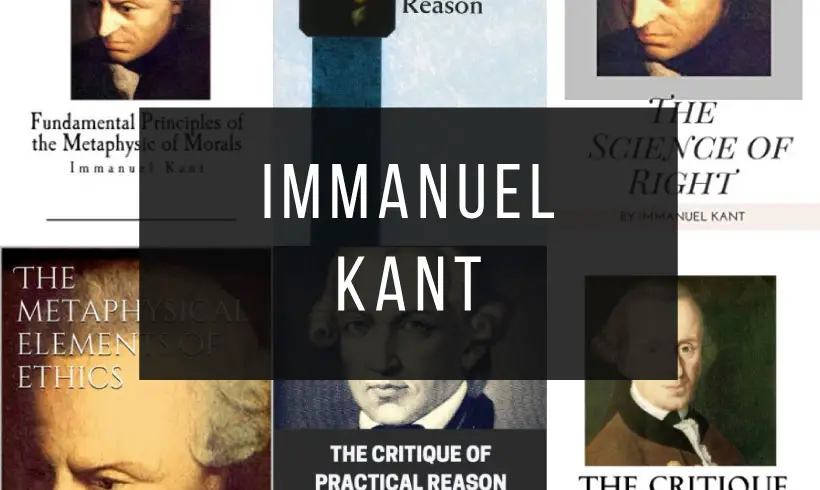Discover the fascinating world of Immanuel Kant with our selection of free PDF books on his philosophy.
Immanuel Kant, a renowned philosopher of the 18th century, revolutionized the way we understand ethics, metaphysics, and epistemology. His ideas on pure and practical reason have left a lasting imprint on Western thought.
We invite you to explore our extensive collection of books on Immanuel Kant; you will find a variety of resources to delve into his philosophy and understand his impact on modern thought.
Downloading Immanuel Kant’s books in PDF for free is an easy way to enrich your understanding of Kant’s philosophy.
Don’t miss the opportunity to immerse yourself in Kant’s world and discover the ideas that have shaped our understanding of knowledge, morality, and existence.
Explore our collection of Immanuel Kant books in PDF and awaken your intellectual curiosity.
1) Critique of Pure Reason
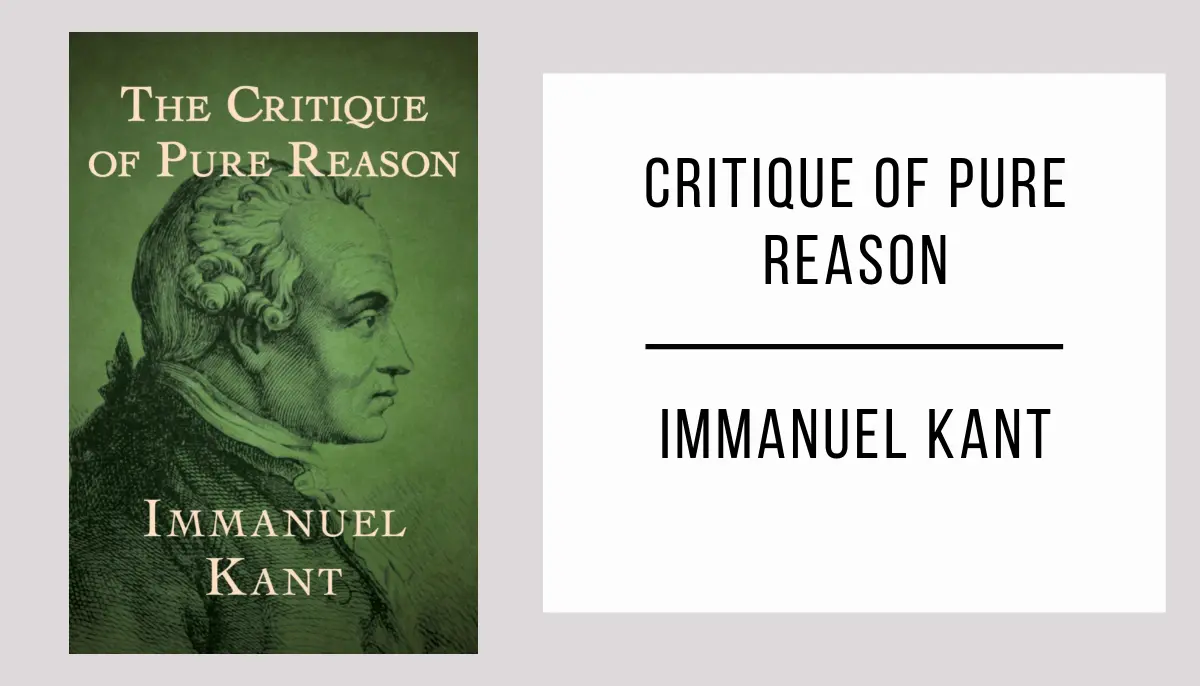
Critique of Pure Reason is a fascinating philosophical journey that questions the limits of our understanding of the world and human knowledge.
This influential treatise by Immanuel Kant explores fundamental themes such as the nature of rational thought, the relationship between reason and experience, and the possibility of objective knowledge.
Immerse yourself in the depths of philosophy with Critique of Pure Reason and discover how challenging your own perceptions can lead to a deeper understanding of reality.
2) Fundamental Principles of the Metaphysic of Morals
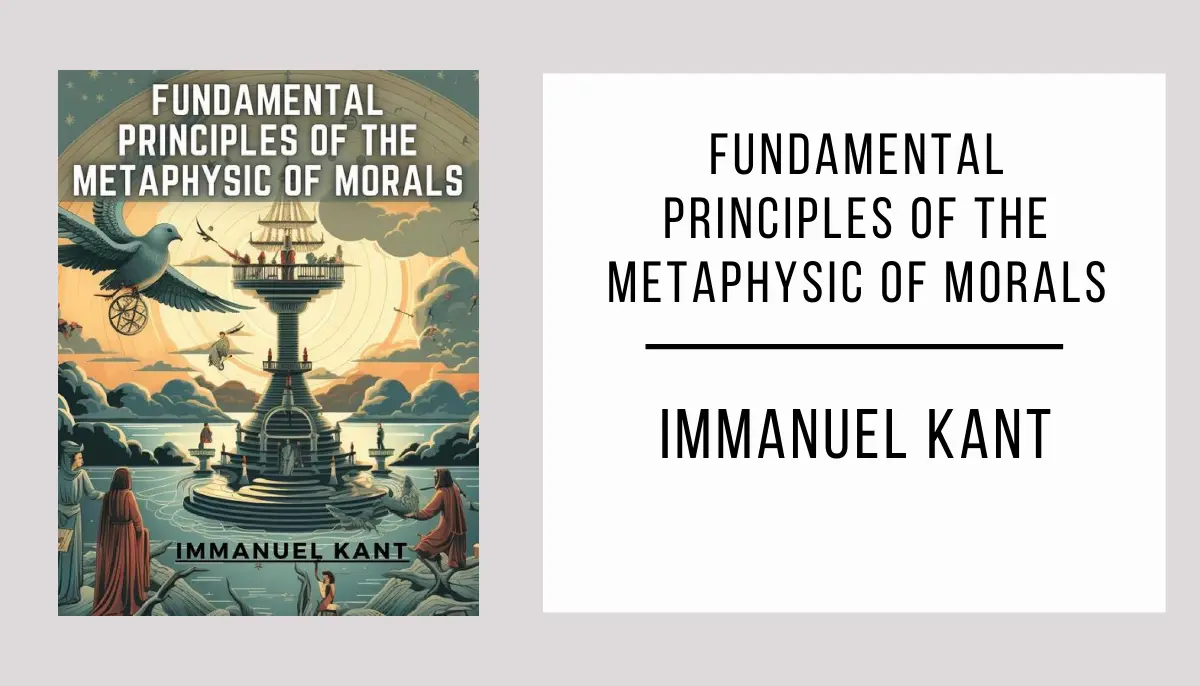
Fundamental Principles of the Metaphysic of Morals is a masterful work that explores universal ethical principles and invites us to reflect on the foundation of morality. Kant challenges us to think critically about our actions and how to build a society based on solid ethical principles.
This book addresses fundamental themes of ethics and morality, exploring how our moral decisions should be based on practical reason rather than consequences.
Don’t miss the opportunity to delve into Fundamental Principles of the Metaphysic of Morals and broaden your understanding of morality.
3) Critique of Judgment
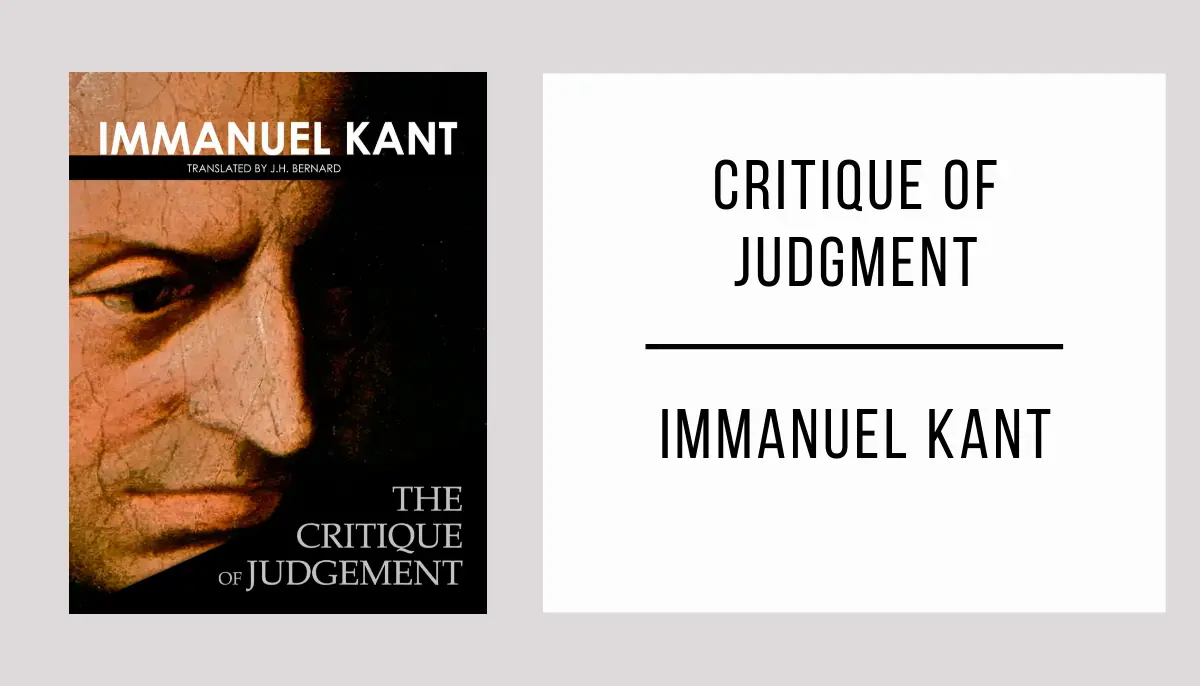
Critique of Judgment is a revolutionary philosophical work that explores beauty, art, and nature from a unique and profound perspective.
In this work, Immanuel Kant examines the faculty of aesthetic judgment and questions the existence of a purpose or design in the natural world, challenging traditional conceptions.
Immerse yourself in the brilliant mind of Immanuel Kant and discover a new approach to aesthetic appreciation and philosophical thought. Critique of Judgment invites you to expand your horizons and reflect on beauty and meaning in the world around us.
4) What Is Enlightenment?
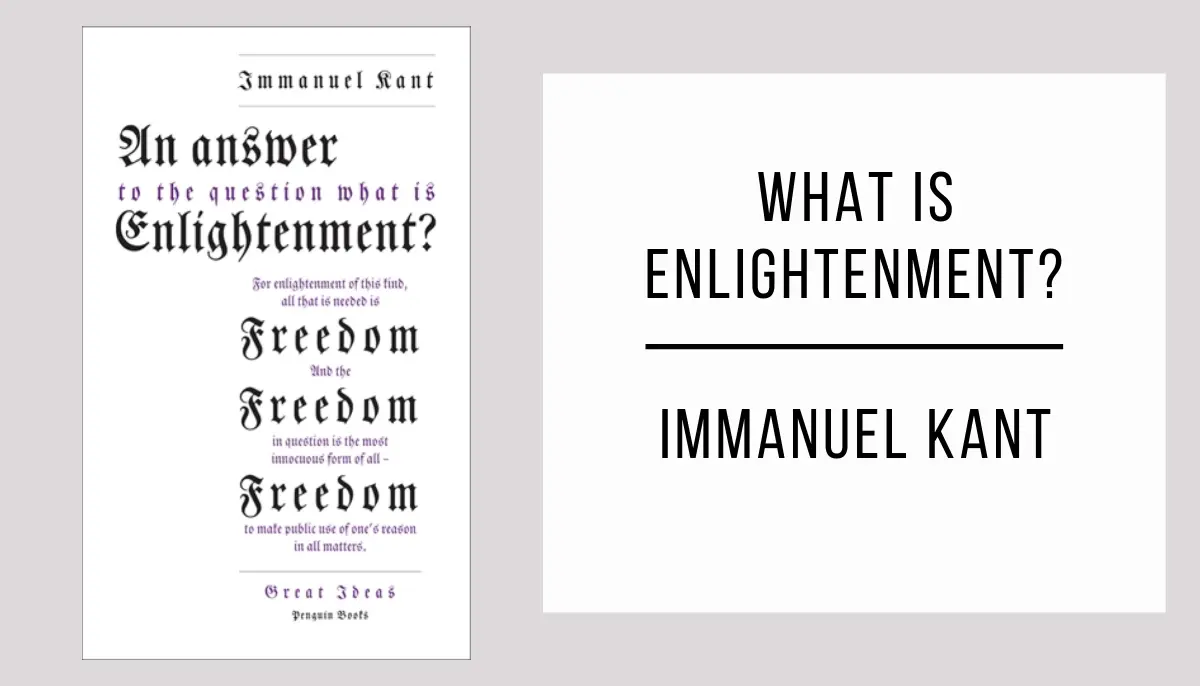
What is Enlightenment? by Immanuel Kant is an essential essay that explores the concept of Enlightenment and its impact on society, challenging traditional beliefs and emphasizing the importance of reason and intellectual freedom.
This book immerses us in a profound analysis of themes such as autonomy, criticism, and the transformative power of individual thought, opening our minds to new perspectives and fundamental questioning about the world around us.
Dive into the pages of What is Enlightenment? and discover Kant’s masterpiece that will challenge you to think independently, question established conventions, and seek the emancipation of thought.
5) Perpetual Peace

Perpetual Peace by Immanuel Kant is a philosophical essay that explores the possibility of achieving lasting peace in the world, challenging our perceptions and reflecting on the ideal of a peaceful society.
This book addresses fundamental themes such as ethics, politics, and international law, analyzing the necessary conditions to establish a world order based on just and rational principles.
Immerse yourself in the pages of Perpetual Peace and be inspired by Kant’s revolutionary ideas. Get ready for an intellectual journey that will challenge you to rethink peace and its importance in our current world.
6) Prolegomena to Any Future Metaphysics
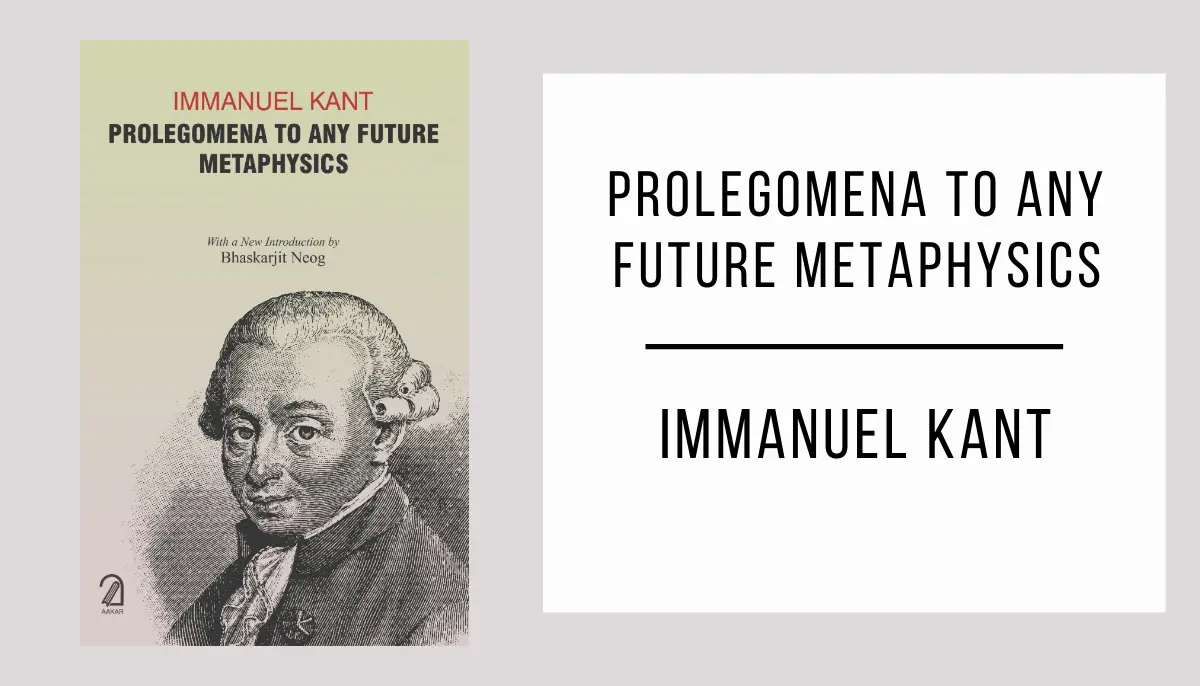
Prolegomena to Any Future Metaphysics is a fascinating philosophical treatise by Immanuel Kant that challenges the boundaries of knowledge and reason, exploring the foundations of metaphysics as a science.
In this book, Kant examines crucial themes such as the existence of God, freedom, and the immortality of the soul, providing a profound reflection on the fundamentals of philosophical thought.
Immerse yourself in the pages of Prolegomena to any Future Metaphysics That May Present Itself as Science and be captivated by Kant’s brilliant mind.
7) Critique of Practical Reason
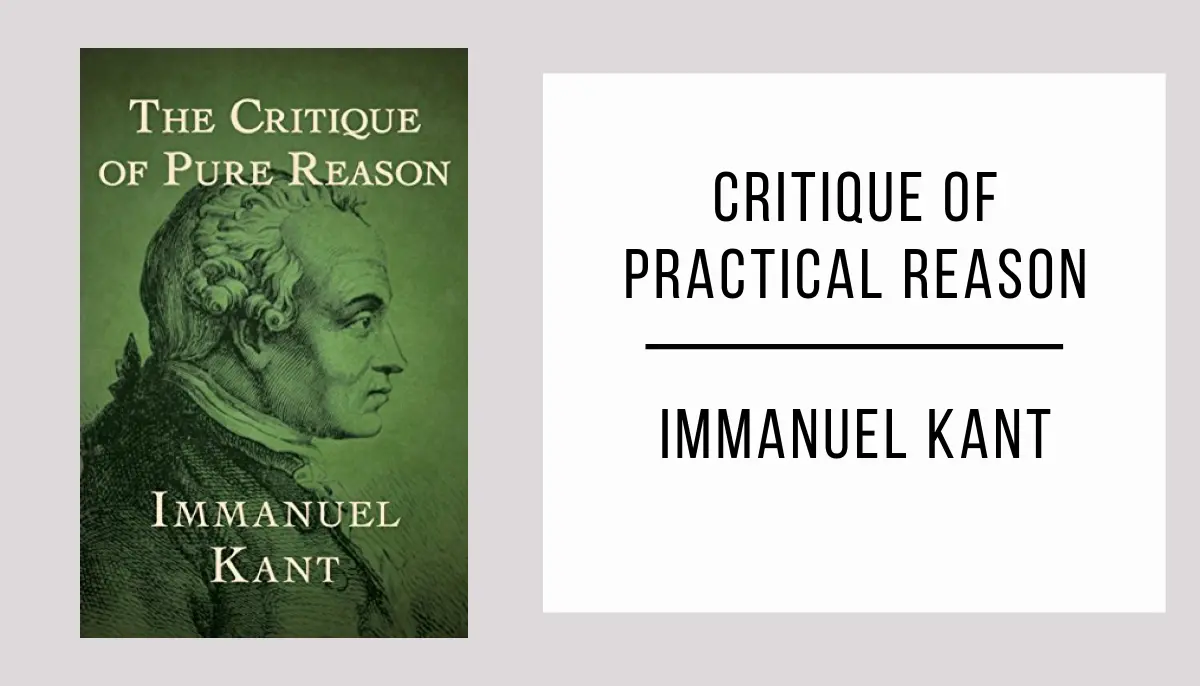
Immanuel Kant’s Critique of Practical Reason is a philosophical work that challenges moral conventions and invites us to reflect on the nature of ethics and morality.
In this work, Kant explores the importance of practical reason and universal principles in moral decision-making, questioning our individual inclinations and emphasizing the significance of acting out of duty.
Immerse yourself in Kant’s brilliant mind and discover a work that will challenge you to think critically about your own moral convictions. Critique of Practical Reason is a must-read for those seeking to explore the foundations of morality and ethics in a complex world.
8) The Educational Theory
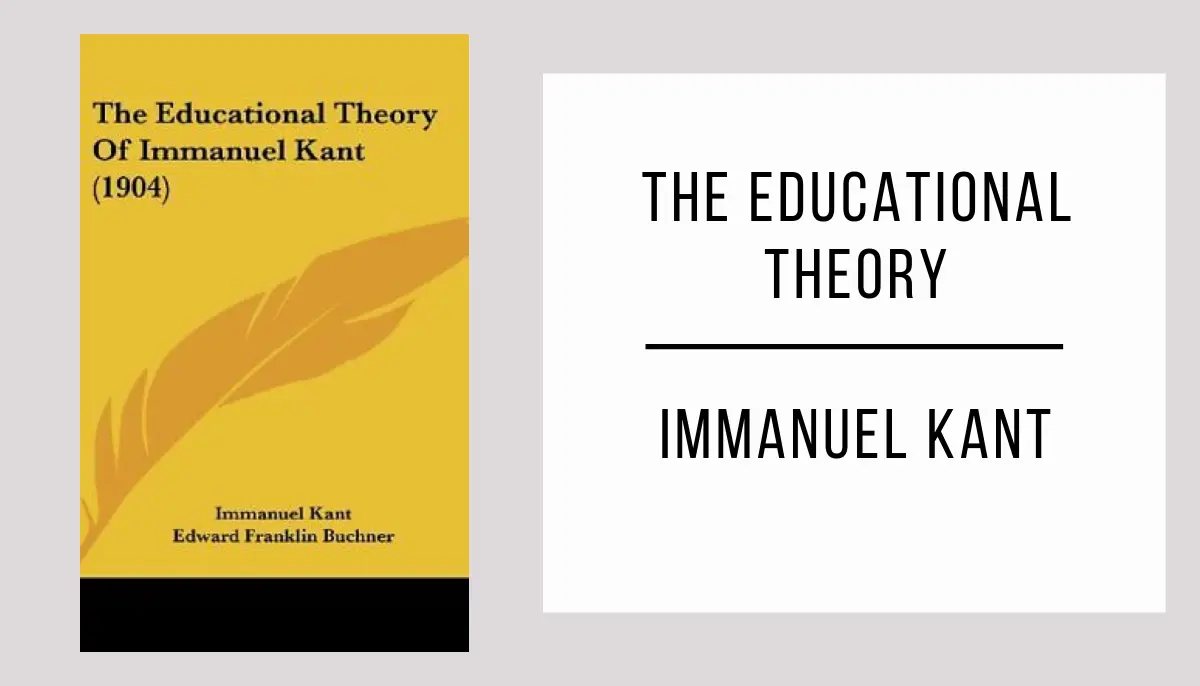
The Educational Theory by Immanuel Kant is a philosophical work that explores the very essence of education and its importance in human development.
In The Educational Theory, Kant reflects on education as a means to promote autonomy, morality, and critical thinking.
Immerse yourself in Kant’s brilliant reflections and discover how education can transform our way of thinking and living. Don’t miss the opportunity to expand your knowledge with this masterpiece of classical literature!
9) Idea for a Universal History with a Cosmopolitan Purpose
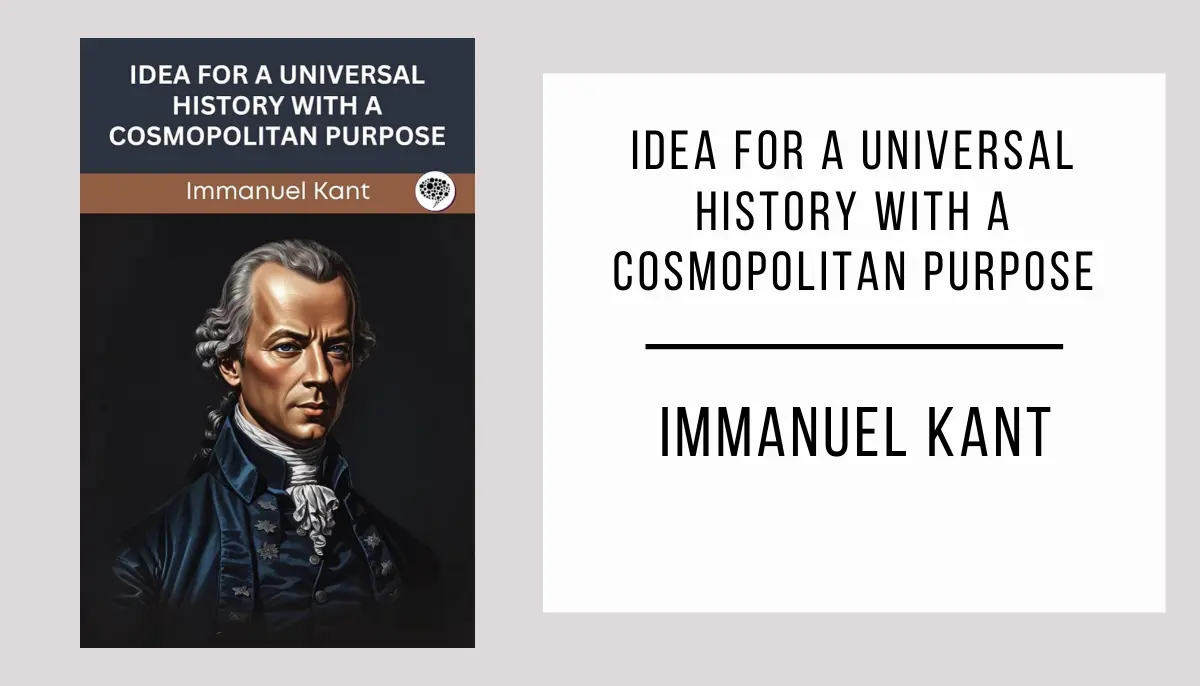
Idea for a Universal History with a Cosmopolitan Purpose is a revolutionary essay written by Immanuel Kant that challenges conventional notions of history and advocates for a cosmopolitan view of human development.
In this essay, Kant explores themes such as rational autonomy, morality, and universal culture, presenting a hierarchical vision of historical progress and arguing that humanity tends towards a global federation based on shared ethical values.
Discover Immanuel Kant’s fascinating perspective on history and his call for a cosmopolitan vision in Idea for a Universal History with a Cosmopolitan Purpose.
10) The Form and Principles of the Sensible and Intelligible
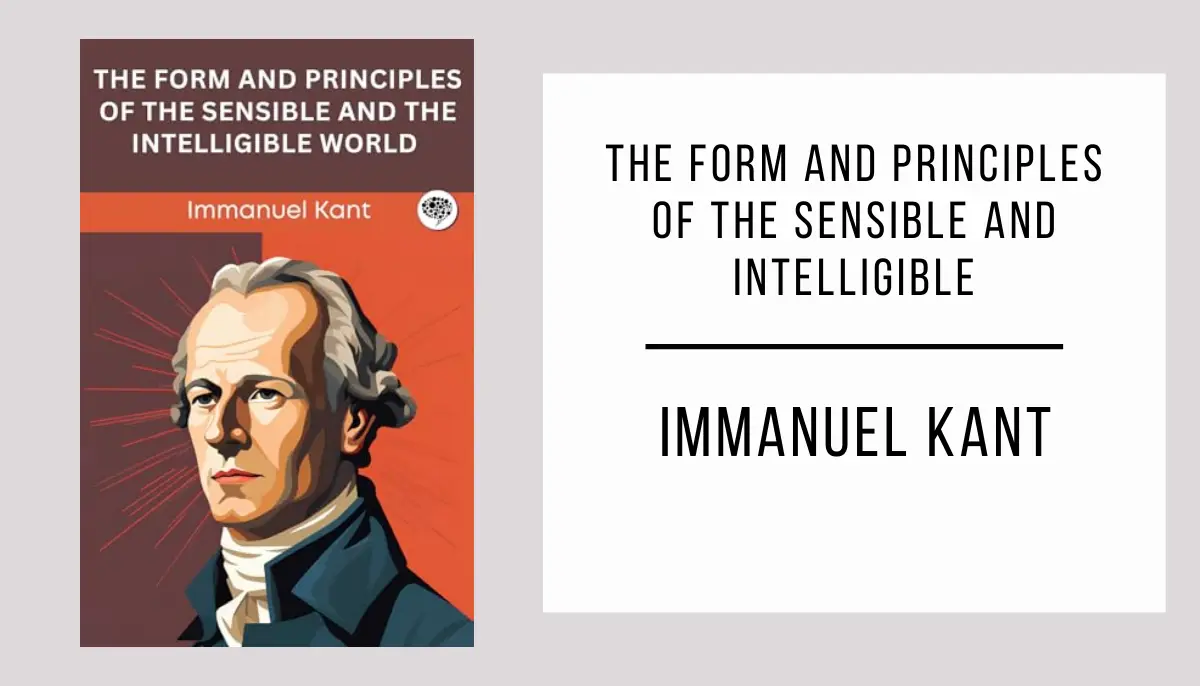
The Form and Principles of the Sensible and Intelligible is a revolutionary philosophical work that explores the limits of our knowledge and the interaction between empirical reality and transcendental reality.
This book delves into the distinction between the sensible world that we perceive through our senses and the intelligible world that we can only access through reason, posing fundamental questions about the nature of human knowledge.
The Form and Principles of the Sensible and Intelligible invites you to a unique intellectual journey that will expand your understanding and make you question reality itself.
11) Logic
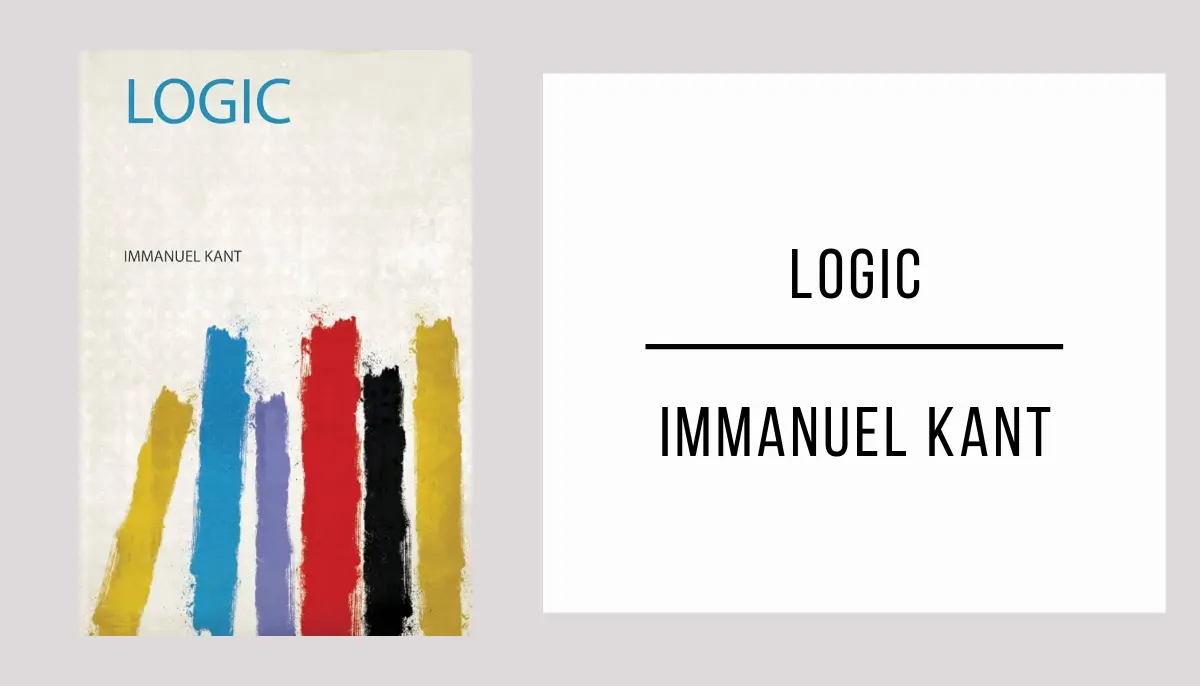
Logic by Immanuel Kant is a philosophical treatise that challenges the foundations of knowledge and the way we reason, exploring the limits of reason and logic itself.
In Logic, Kant examines topics such as the structure of thought, epistemology, and the critique of pure reason, offering a profound and provocative insight into the nature of our understanding.
Immerse yourself in Kant’s fascinating work, Logic, and discover a new way of thinking, questioning your assumptions, and expanding your perspective. This reading will challenge your preconceived ideas and lead you to reflect on the foundations of human knowledge.
12) The Metaphysical Elements of Ethics
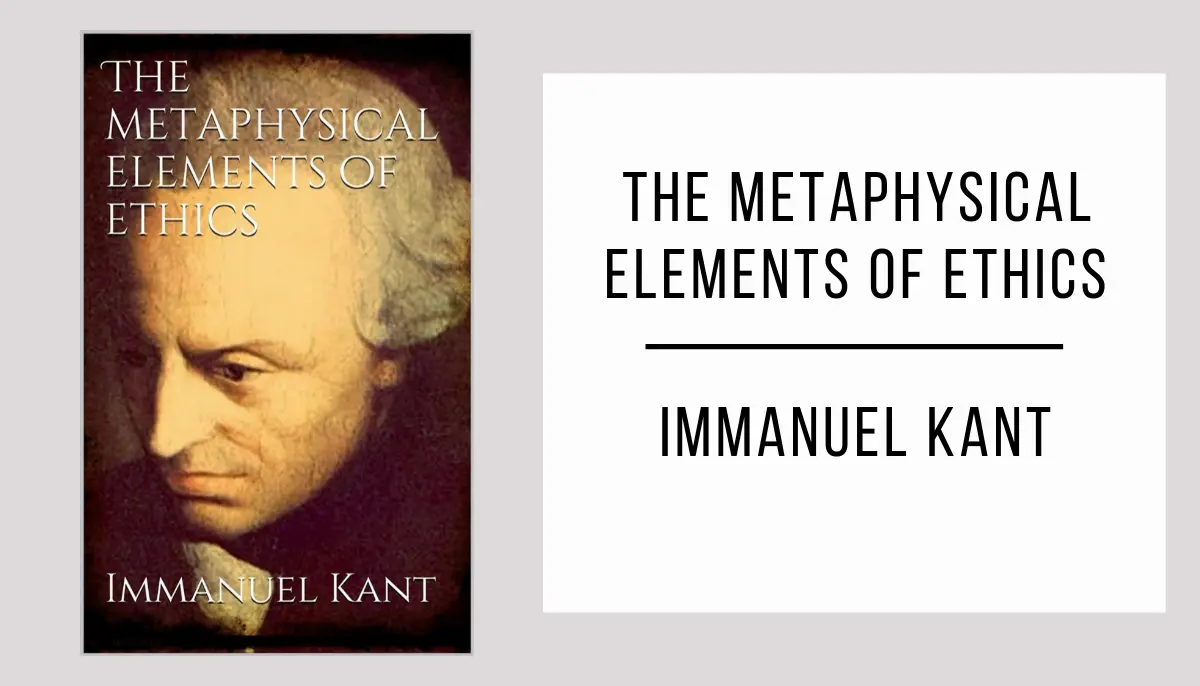
The Metaphysical Elements of Ethics by Immanuel Kant is a foundational work that explores the bedrock of morality and universal ethical principles in a clear and profound manner.
Through rigorous analysis, Immanuel Kant examines the nature of ethics and argues that moral duty is grounded in practical reason rather than consequences or feelings.
Immerse yourself in Kant’s transcendental ideas and discover how the profound reflections of this philosophical classic can illuminate your understanding of morality and ethics in our contemporary world.
13) Religion within the Bounds of Bare Reason
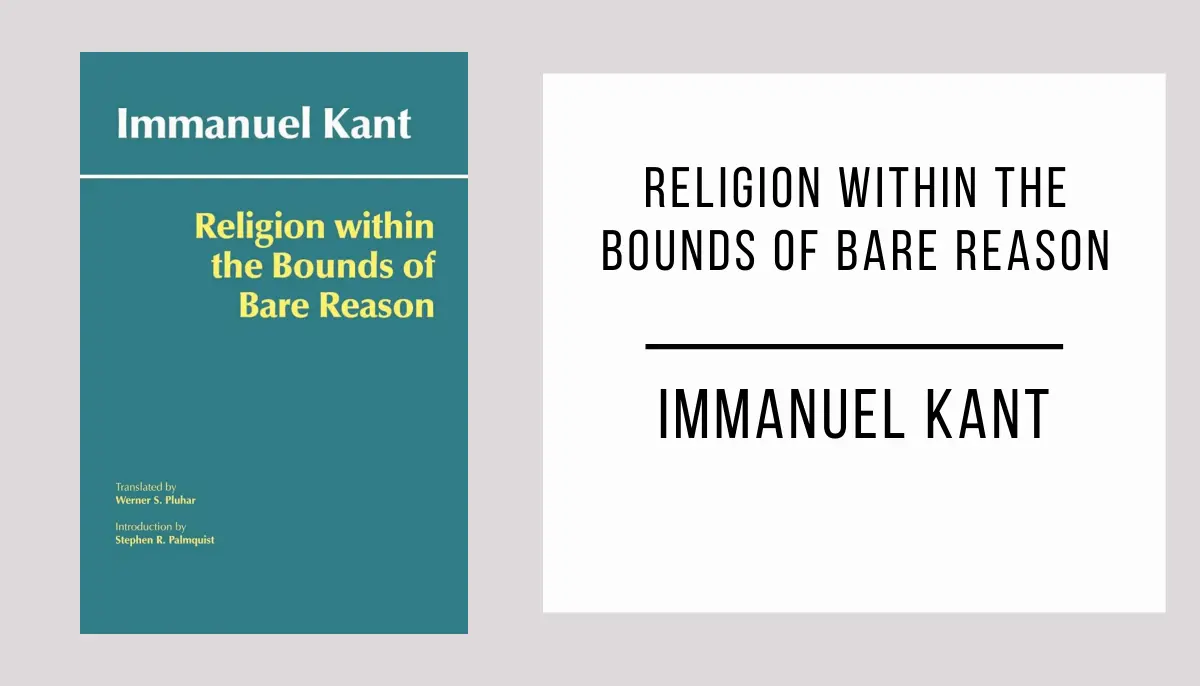
Religion within the Bounds of Bare Reason by Immanuel Kant is a masterpiece that challenges the boundaries of faith and reason, inviting us to reflect on the nature of religion and its relationship with the human mind.
Immerse yourself in the pages of Religion within the Bounds of Bare Reason and discover how Kant unravels the connections between faith and logical thinking, challenging us to reconsider our beliefs and expand our understanding of the world around us.
Don’t miss the opportunity to experience this literary gem, a work that will captivate your mind and lead you to explore the limits of reason and the essence of religion.


